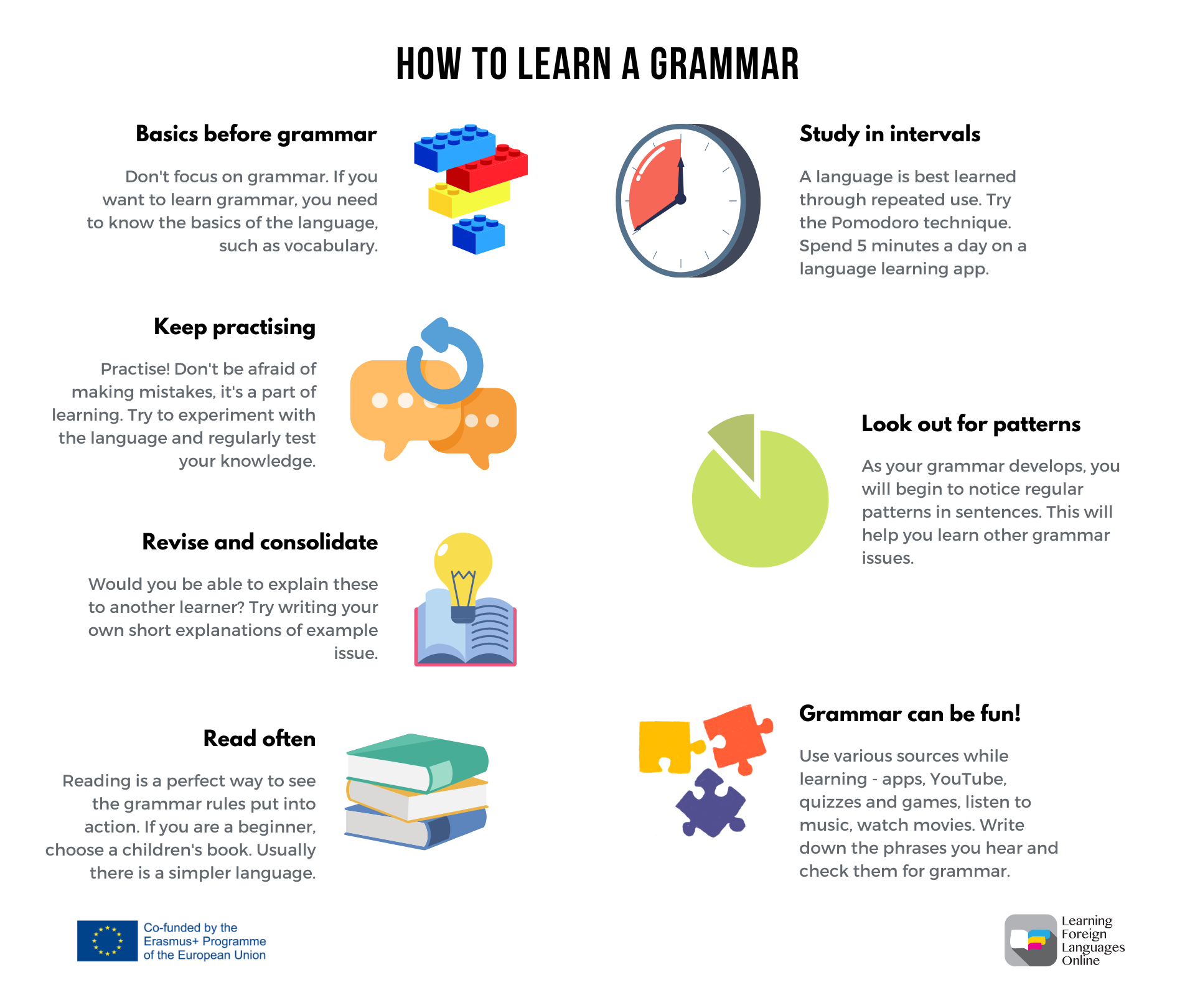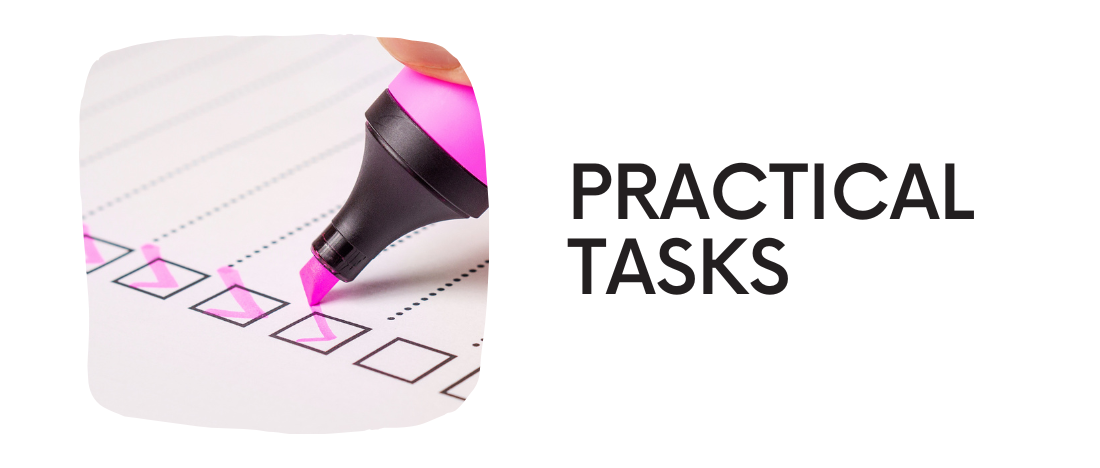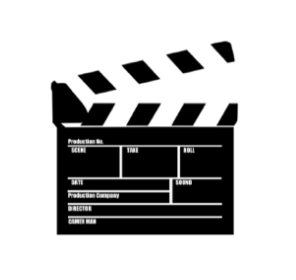
E-course
Grammar
Module 2 | Unit 4
Introduction

Grammar is an important part of learning a language. If you do not use it correctly it can lead to misunderstandings in communication. Understanding the foundations of the grammar of a language makes communication easier and more enjoyable. There are many people who think that grammar is boring, however it does not have to be. If you break it down into manageable chunks and learn to apply the rules correctly when speaking, you will find that people can understand you better. If you have found grammar difficult or boring in the past, look at the tips in this module and see how they can improve your experience of learning grammar.
Getting started

Tips

1. Learn the basics before grammar
Begin by learning the basics, such as the parts of speech, can you identify verbs, nouns, adjectives, adverbs, prepositions, conjunctions etc. This is a very important step because learning grammar rules is like learning formulas and you can’t learn those without understanding the components they are made of. Understanding the roles these words play in sentences will make it a lot easier for you to approach learning grammar.
Do you know how to build a sentence?
Does an adjective come before or after a noun?
Are nouns masculine or feminine?
Do you know what an infinitive is?
Getting yourself introduced to parts of speech will provide answers to all of the questions listed above.
2. Practice, practice, practice
The key to improving your grammar is to keep practising. Repeated and continuous practice will help you make big improvements. There are many kinds of activities you can do, both in writing and in speaking. Try starting with easier activities, then when you feel ready move onto something more challenging.
One of the best ways to improve your grammar skills is to experiment with the language and to regularly test your knowledge.
You should try to think about the rules you know – Do you always put them into practice when you are communicating with other people.
Making mistakes is part of learning, do not be afraid of making them. A lot of times we know the rules we should use, but we make mistakes out of nervousness or speed, which a lot of the time means we need more practice. You can’t expect to have strong muscles in your body if you don’t exercise regularly, it’s the same with learning a language. Exercises in which you have to fill in gaps, choose the correct answer or correct mistakes may not be everyone’s favourite but they do the trick.
Complete simple grammar exercises, such as gap fills or sentence completion – There are many exercises of this kind available online – check out our list of resources on our website. Some of these sites offer the opportunity for you to practice and they are able to give you an instant result.
Practise speaking in your target language with a friend, thinking carefully about your grammar – listen to each other and see if you can hear any mistakes and if so, can you correct them?
Try recording yourself speaking, start small to begin with, for example you may try speaking for one minute about your daily routine – then when you listen back see if you made any mistakes.
3. Revise and consolidate
Set aside some time for revising and making sure you are confident in your understanding of grammar points.
When learning grammar, it is important that you are aware that it is likely you will find some irregularities and exceptions. Would you be able to explain these to another learner? Think about how you would do it. Try writing your own short explanations of grammar in a notebook you have for grammar. Another useful technique for revising grammar is to create mind maps and visual aids that you can consult when you feel insecure. Making a mind map or any type for visual aid requires you to know the rules first so it is a good way to check your understanding.
It is a good idea to revisit grammar points to be able to fully understand them. You can find explanations online with examples or if you prefer You tube has many videos that are beneficial to learning grammar, some people find videos easier to work with.
Sometimes when we get familiar with points of grammar, we might feel tempted to stop revising it – this should not be the case, it’s still possible to make mistakes, particularly if you are learning new content, confusion can occur easily.
4. Read often
Reading is a perfect way to see the grammar rules put into action, it can be your secret weapon because you can see clear, real life examples of rules you have learned. As you read you will come across applications of grammar rules and you will slowly retain the correct usage in your memory. Through reading you will absorb the grammar and develop sensitivity to what sounds right and what does not. This process will make it easier for you to produce correct grammar on your own.
You can spend some time looking at the word order in sentences and how the sentences go together. You can also note punctuation and capital spelling rules.
When you choose what to read, choose something that interests you, e.g., if you like football try reading a footballer autobiography. Children’s books are also a good choice because the language is usually easier, and the stories are often fun to read.
5. Study in short, regular intervals
A language is best learned through repeated use, and many believe that you can best learn in short intervals, instead of long hours.
Instead of spending hours reading up on different grammar, try 10-minute blocks of time. Try short online quizzes which can be done within a few minutes.
Spend 5 minutes a day on a language learning app.
Remember to keep it short and sweet.
Try making 2 – 3 sentences per day in a specific tense.
6. Look out for patterns
As you develop your grammar you will start to notice regular patterns found in sentences. Try to remember these patterns and compare them. Make a note of the differences and the similarities. Once you see patterns, it is easier to learn other points of grammar. For example, in English, the Past simple is formed subject + past tense verb + object, whereas the Present perfect is formed subject + has / have + past participle verb + object. If you are able to compare these patterns it will make your learning experience so much better.
7. Grammar can be fun!
Don’t just try to read wordy explanations in old textbooks – use apps, You tube, quizzes, and games. Try watching films and listening to music – can you write down the phrases that you hear then decide whether the grammar is good or bad, identify the tense, is it active or passive?

More resources

Still want to continue learning about the topic of this unit? Not to worry, we have made a selection of further resources that you can use if you would like to find out more. Just click on the links and keep learning!
Practical tasks

 What are the basics of grammar in the language you are learning? Prepare a visual presentation (e.g., a diagram) of t hese concepts. Make sure you have room to continue adding new elements in the future as you continue learning. Note the rules and the exceptions (if there are any) with examples for each of them, if you make the examples funny or related to your real life it is much more likely you will remember them. Make sure it’s colourful and that you point out those aspects that you find difficult remembering, this way your eyes will be drawn to that rule and you will unconsciously revise it any time you look at the diagram.
What are the basics of grammar in the language you are learning? Prepare a visual presentation (e.g., a diagram) of t hese concepts. Make sure you have room to continue adding new elements in the future as you continue learning. Note the rules and the exceptions (if there are any) with examples for each of them, if you make the examples funny or related to your real life it is much more likely you will remember them. Make sure it’s colourful and that you point out those aspects that you find difficult remembering, this way your eyes will be drawn to that rule and you will unconsciously revise it any time you look at the diagram.
 Read a page of a book in the language you are learning. Find some grammatical features on that page and consider the questions below.
Read a page of a book in the language you are learning. Find some grammatical features on that page and consider the questions below.
-
- Are there any grammatical features that you have learnt before? What are they?
- Have you noticed any unfamiliar grammatical features? What are they?
- In what ways do you think this may help you learn new grammar and consolidate what you already know?
 Listen to a song, write down 3 phrases that you hear. Can you identify the grammar used? What is the pattern? Next watch a film or series and do the same thing. Pause the film if you need to so that you can write down your phrases.For each new tense you learn, find a song that has a lot of examples of that tense (present simple – Friday I’m in love, will – I will survive, etc.), this way you can listen to the song on your way to work or while you are cleaning and the usage of the tense will stay in your memory and you can just sing the song whenever you need to remember the rule.
Listen to a song, write down 3 phrases that you hear. Can you identify the grammar used? What is the pattern? Next watch a film or series and do the same thing. Pause the film if you need to so that you can write down your phrases.For each new tense you learn, find a song that has a lot of examples of that tense (present simple – Friday I’m in love, will – I will survive, etc.), this way you can listen to the song on your way to work or while you are cleaning and the usage of the tense will stay in your memory and you can just sing the song whenever you need to remember the rule.
 Choose a famous person or a historical figure you like (Cleopatra, Napoleon, ..) and think of an important day in their lives. Write about that event as if you were that person. Write about how you feel and the events that occurred. If you are learning a present tense imagine what their daily routine looks like, if you are learning a past tense write a diary entry about a day that has passed and if you are learning a future tense write about the event as if it is yet to happen.
Choose a famous person or a historical figure you like (Cleopatra, Napoleon, ..) and think of an important day in their lives. Write about that event as if you were that person. Write about how you feel and the events that occurred. If you are learning a present tense imagine what their daily routine looks like, if you are learning a past tense write a diary entry about a day that has passed and if you are learning a future tense write about the event as if it is yet to happen.
 Choose an article or a blog, read it once or twice and erase grammar structures you would like to practice. After this, try to insert the missing verbs, phrases and/or structures. This way you will be able to check your answers immediately but also effectively revise the grammar you have been learning.
Choose an article or a blog, read it once or twice and erase grammar structures you would like to practice. After this, try to insert the missing verbs, phrases and/or structures. This way you will be able to check your answers immediately but also effectively revise the grammar you have been learning.
Unit test

